“`markdown
Unleashing Ghibli Magic: How AI is Transforming Animation Forever
In recent weeks, the animation world has been electrified by the launch of OpenAI’s advanced AI image generator. This innovative technology has enabled users to create stunning visuals that emulate the beloved style of Studio Ghibli, the iconic animation studio co-founded by Hayao Miyazaki. As these Ghibli-inspired images flood social media platforms, the implications for the art community and the future of animation are becoming increasingly complex.
The surge in Ghibli-style images began shortly after the release of OpenAI’s image generator, which boasts improved accuracy and detail. Users have eagerly embraced this tool, sharing their creations across platforms like X (formerly Twitter) and Instagram. The ease of generating high-quality images has democratized animation, allowing a broader audience to engage with this art form. Many are recreating famous scenes from popular culture, showcasing not just the versatility of the AI technology, but also the enduring appeal of Ghibli’s aesthetic.
However, this trend has not come without controversy. Critics argue that AI-generated images may undermine the original artistic philosophy of Studio Ghibli, which is celebrated for its hand-drawn aesthetics and emotional depth. Hayao Miyazaki himself has publicly criticized AI-generated art, referring to it as an “insult to life itself.” His comments underscore the growing divide between traditional artistry and the mass-produced nature of AI-generated content.
The viral nature of these images has sparked discussions about copyright and intellectual property rights. As AI models are trained on existing artworks, questions arise regarding the ethical implications of using copyrighted material. Some commentators express concern that while the trend may seem harmless or even fun, it risks trivializing the hard work and dedication of animators who create original content. Calls for clearer regulations in this area are becoming more prominent.
The Ghibli AI phenomenon reflects a broader cultural conversation about the intersection of technology and creativity. As major media outlets cover the trend, it becomes evident that this development is significant in contemporary discussions about art and technology. While the potential for AI to transform traditional animation techniques and storytelling methods is exciting, it also raises fears that reliance on AI could diminish the value of traditional artistic skills.
Moreover, the popularity of these AI-generated images may influence future projects in the animation industry. Collaborations between AI developers and artists could emerge, blending technology with traditional craftsmanship. This could lead to new forms of artistic expression, but it also poses the risk of overshadowing the unique qualities that define human-created art.
As the trend continues to evolve, a resurgence of interest in Studio Ghibli’s original works is apparent. Fans are drawn to compare AI interpretations with authentic artistry, reigniting discussions about the value of traditional animation. This renewed interest may serve as a reminder of the emotional depth and storytelling prowess that characterize Ghibli’s films.
In conclusion, the rise of Ghibli-inspired AI art is a double-edged sword. It presents an exciting opportunity for broader engagement with animation while simultaneously raising critical questions about the future of artistic expression. As we navigate this new landscape, it is essential to strike a balance between embracing innovation and honoring the rich traditions of creativity that have shaped the animation industry.
The Ghibli AI trend exemplifies the ongoing dialogue about technology’s role in creative fields, highlighting both the opportunities and challenges artists face. As we move forward, the animation community must consider how to integrate these advancements while preserving the essence of what makes animation a deeply human art form.
“`
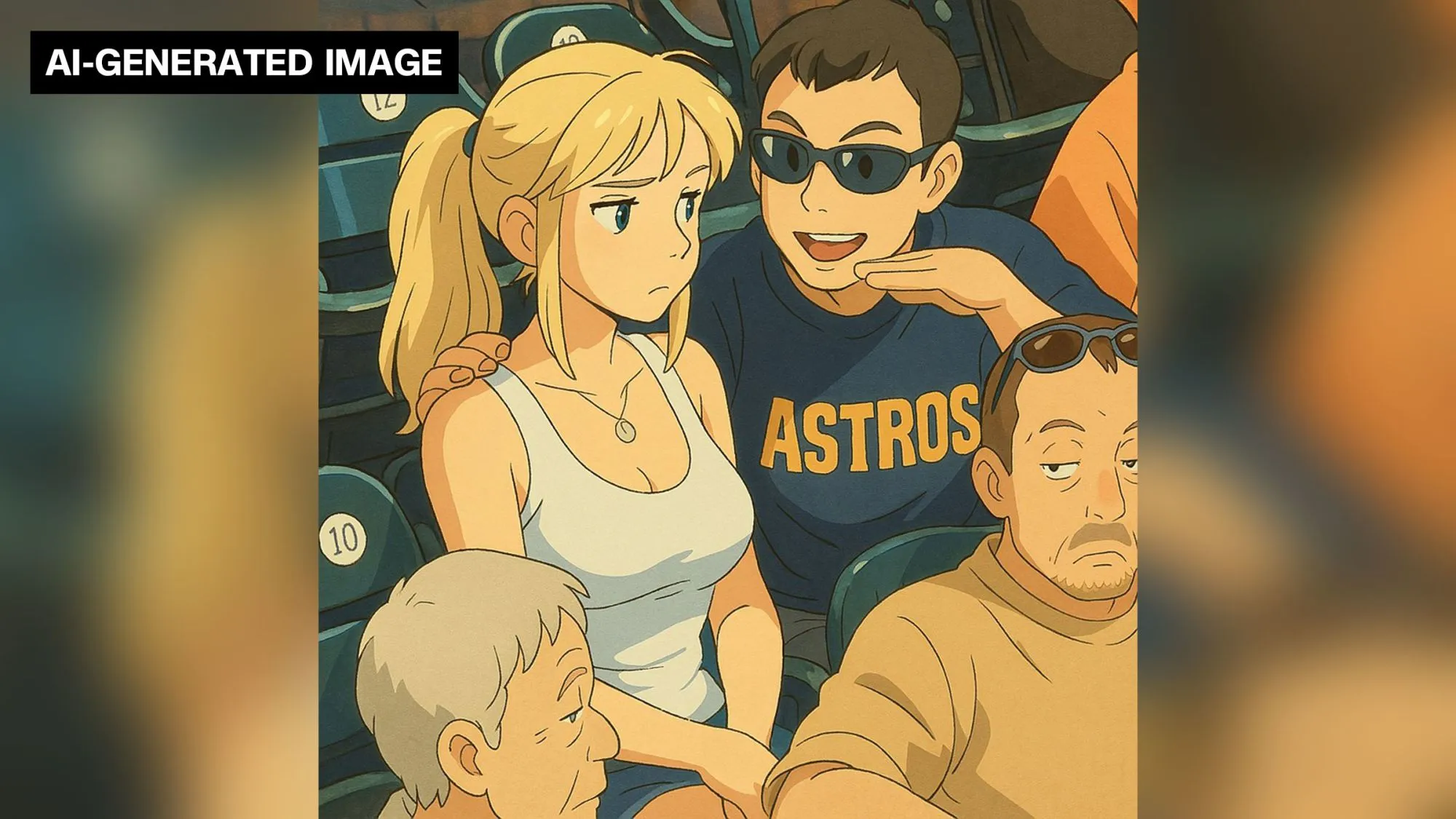

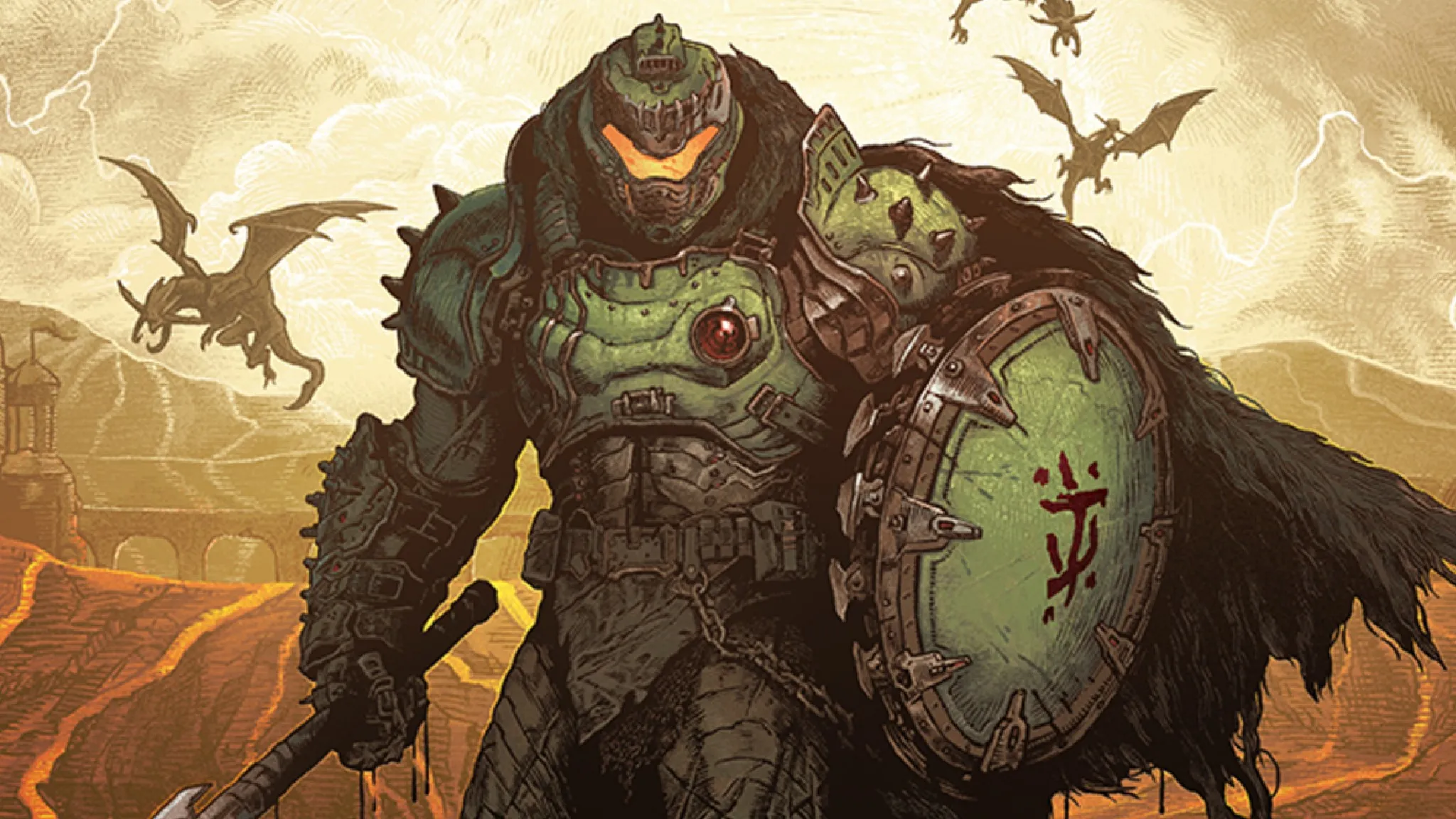
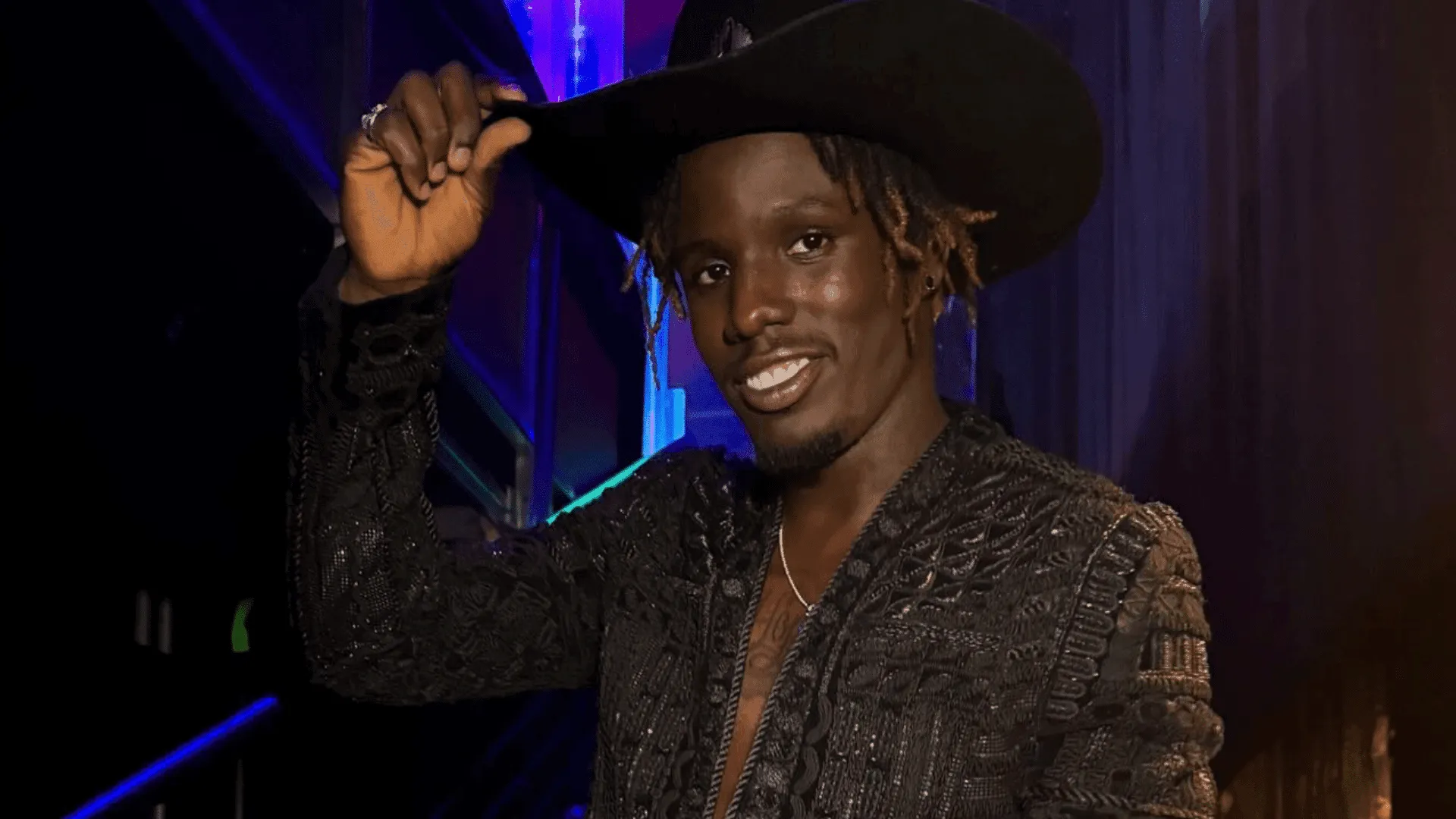
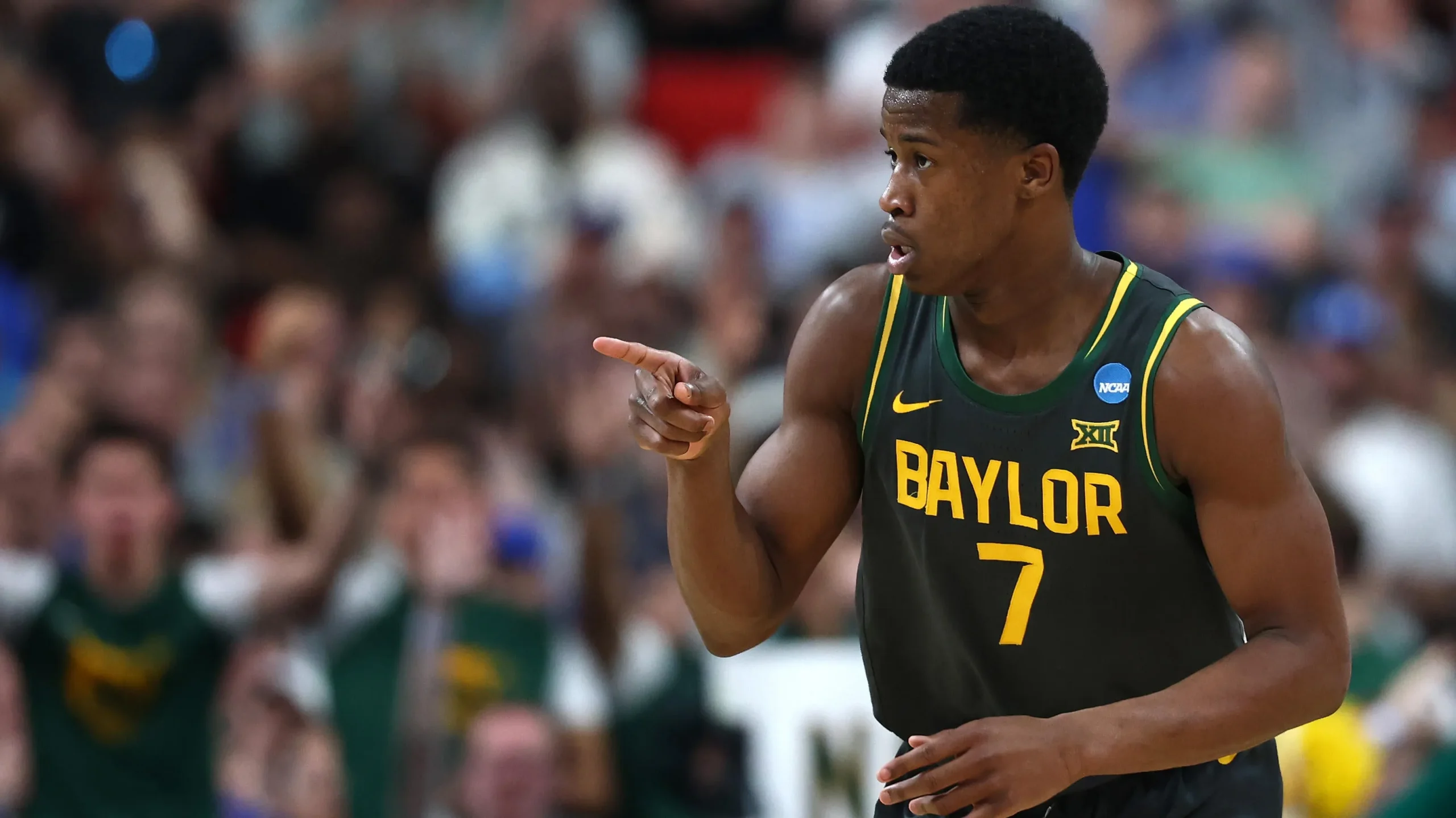
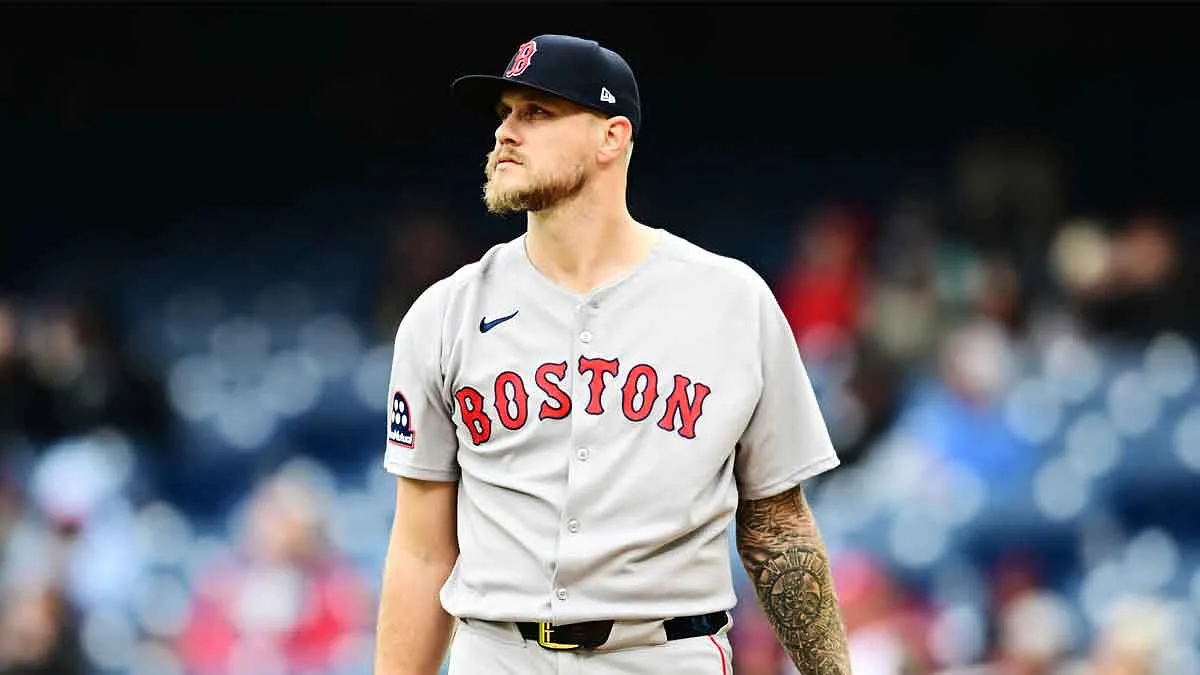
Leave a Comment